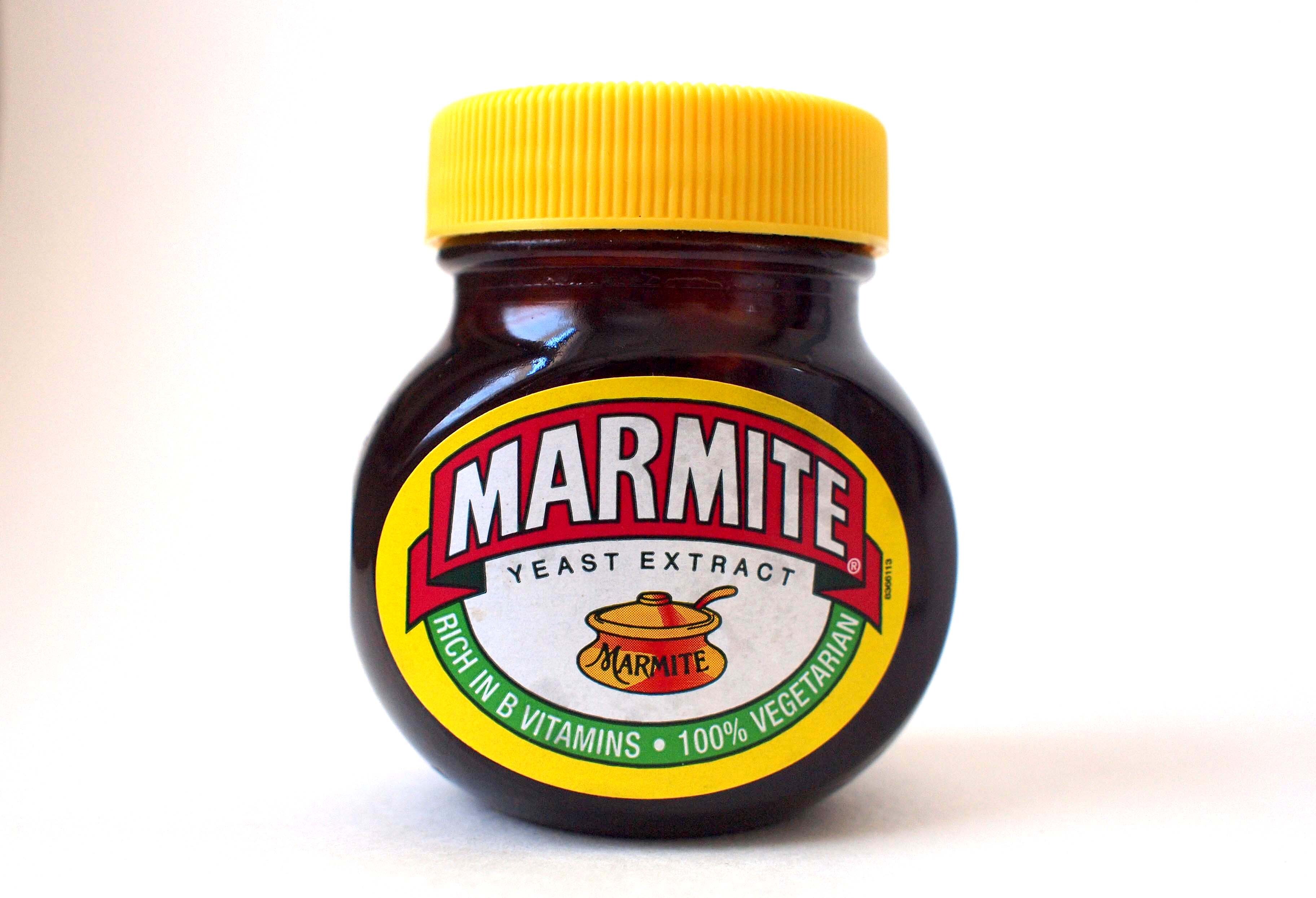

Again, intellectually, I get it. I’d read about Nazi Blood Libel, Mao and the Great Leap Forward, the Khemr Rouge, Rwanada, and so on. It’s just difficult to comprehend when you see it happen all around you.
As for myself falling for transparent propaganda, it’s possible but unlikely. I think it’s likely that I’m somewhat immune to it at this point. Religion, politics, hatred of outgroups are the main levers used and I’ve pretty much had that burnt out of me. I have a finely honed bullshit detector. I can certainly be tricked, at least for a time. However, I believe in so little, at this point, that I think it would be pretty difficult to uncouple my reality from the real world.







This is actually wisdom. I use a 4x fudge factor.